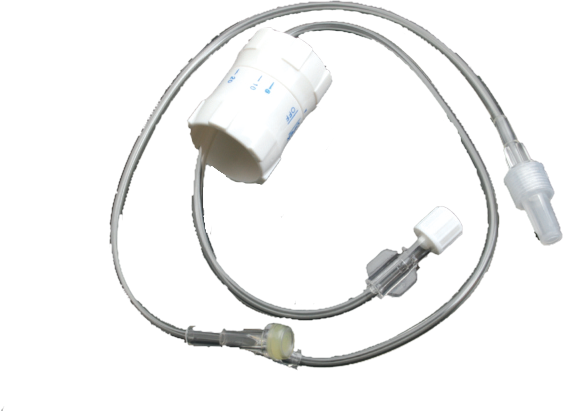
Flow Regulator
Flow regulators have become a popular fixture in hospitals and clinics for their ability to control the flow of IV fluids. Flow regulators are inserted into the intravenous line of an infusion to regulate the flow of medication into the body.
Flow regulators are devices that control the rate of flow of fluids. They are widely used in hospitals to provide IV infusion, and can cause problems if they are not properly maintained. Flow regulators typically have a knob or lever that controls the rate of flow. If the knob is turned too high, the fluid will flow too fast and may cause problems such as air bubbles in the IV line or overflow from the IV bag. If the knob is turned too low, the fluid will flow too slowly and may not reach the patient in a timely manner. It is important to check the flow rate regularly and adjust it as needed. If you notice that the rate of flow is changing, you should contact your supervisor or a qualified medical professional.
Flow regulators are devices that are attached to IV bags or other containers of fluid and control the rate at which the fluid flows into the patient's veins. They are widely used in hospitals and other healthcare settings, but can sometimes cause problems. The most common type of flow regulator is a roller clamp. To use a roller clamp, you simply turn the knob to adjust the rate of flow. The problem with roller clamps is that they can be tricky to use and can sometimes cause the fluid to flow too slowly or too quickly. Another type of flow regulator is a needleless connector. Needleless connectors are becoming more popular because they are easier to use and less likely to cause problems. With a needleless connector, you simply attach it to the IV bag or container and then push down on the plunger to start the flow of fluid. No matter what type of flow regulator you use, it's important to be careful and make sure that the fluid is flowing at the right rate. If the fluid flows too slowly, it can cause clotting or other problems. If the fluid flows too quickly, it can cause air bubbles to enter the bloodstream, which can be very dangerous.
Flow regulators are devices that are attached to IV bags or other containers of fluids in order to control the rate at which the fluid is infused into the patient. While they are essential for ensuring that IV infusions are delivered safely and effectively, flow regulators can also cause problems. One of the most common problems associated with flow regulators is accidental disconnection. If a flow regulator is not properly secured to an IV bag or container, it can become disconnected, which can lead to a sudden loss of fluid. This can be dangerous for patients, particularly if they are receiving a high-flow infusion. Another problem that can occur with flow regulators is occlusion. This occurs when the device becomes blocked, preventing fluid from flowing through it. This can be caused by debris or other objects becoming lodged in the device, or by the device itself becoming damaged. Finally, flow regulators can also leak. If a seal is not properly maintained, fluid can leak out of the device and onto the patient's skin or clothing. This can be uncomfortable for patients and can also increase the risk of infection.